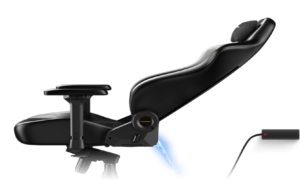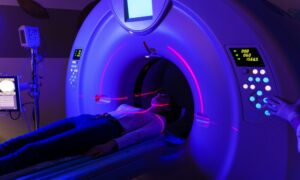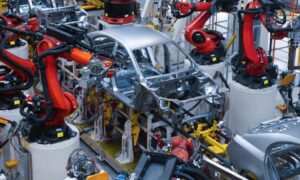Traffic accidents can be devastating no matter the vehicles involved, but when a bus causes an accident, the consequences are more dramatic than usual. Not only that buses are large vehicles able to cause a lot of damage in case of impact, but they also have a large number of passengers who can all get injured at the same time. A severe bus accident can cause dozens of casualties. Since many accidents happen due to negligence, bus companies have the legal duty to take all the necessary safety precautions and minimize risks. And technology can help save lives.
In this article, you’ll discover how bus companies can leverage tech to reduce traffic accidents.
First, Why Invest in Technology?
Some would believe that if a bus driver’s negligent behavior leads to an accident, there’s no reason to hold the bus company accountable. However, things are not as simple. Bus drivers are employees, and they are recruited based on strict criteria that include skills and experience. They are also supposed to receive training in the company. So, the bus company cannot stand aside when one of its buses is involved in a traffic accident.
Technology able to reduce traffic accidents can save the company from potential lawsuits. Bus riders, pedestrians, and other participants in traffic that get injured in a bus accident may file a claim against the company. They have the right to demand compensation for medical bills and other expenses associated with the accident. If the plaintiffs’ attornies find the bus company guilty of negligent policies, the company will have to offer generous compensation. Even with the best insurance, a lawsuit can bring a company to the brink of bankruptcy.
Examples of Technology for Traffic Safety
Traffic accidents are caused by negligent bus maintenance, negligent driving, lack of proper driver training, and many other factors. Some of the technology advancements that can reduce or eliminate these risks include:
Automatic Emergency Braking (AEB)
Until a few years ago, automatic emergency braking was a rare technology, but it’s slowly turning into one of the most important safety tools in the automotive industry. A vehicle equipped with AEB senses an imminent collision. If the driver doesn’t hit the brakes, the car starts braking on its own. The AEB technology gives the driver a few valuable extra seconds to react when faced with critical situations. Thus, it can drastically reduce the incidence of severe collisions.
360-Degree Camera System
Dash and backup cameras have gained popularity in recent years because they can be enormously valuable to drivers. Many accidents don’t happen in heavy traffic but rather at low-speed, during parking. To help drivers enjoy improved visibility and higher awareness of their surroundings, bus companies should add a 360-degree camera system on all buses. This system typically includes a dash camera, a backup camera, sensors, and an LCD inside the bus. With this auto feature, drivers can back up and park more confidently. The footage can also serve as evidence in case of an accident.
Blind Spot Warning
Blind spots cause numerous accidents, so a technology that can counter this vulnerability is a must-have for large vehicles like buses. A blind-spot warning system sends the driver an audible or visual notification whenever it senses a car in the blind spot. More advanced systems also provide screen notifications whenever the driver uses the turn signal but there’s a car in the next lane that the driver might not have noticed.
Lane Departure Warning
Another auto feature that can drastically reduce accidents is the lane departure warning system. This type of automotive technology uses a camera to monitor lane markings on the road. If the driver gets distracted and lets the vehicle drifts out of its lane, the system immediately detects the danger and sends a signal. This feature can provide critical assistance to long-distance bus drivers. Many accidents are caused by distracted or drowsy driving. When drivers spend several hours behind the wheel, their attention span gradually decreases. By alerting the driver of the accidental lane shift, the LDW system can make exhausting long-distance driving much safer. A more advanced system can even direct the bus back to its lane.
Accidents cause bus companies substantial losses. Most importantly though, they affect public safety. Bus drivers, bus riders, and pedestrians are all at risk. An accident can cause loss of lives, life-altering injuries, property damages, or lawsuits. However, with the proper safety measures and tech investments, bus companies can keep the accident rate as low as it is humanly possible.



































